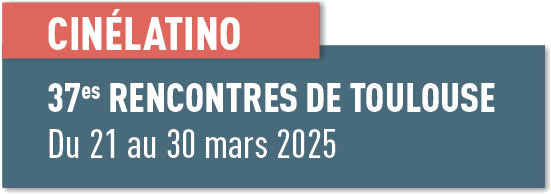Selection:
Director:
Country:
- Costa Rica
Format:
Type:
Film exhibited in Toulouse:
2013 Princesas Rojas - Red Princesses. (98min. aprox)
Premiered in Berlinale Generation 2013
Foreseen cast:
-
Script writer(s):
Synopsis:
Dulce is a young ngöbe woman (a Central American ethnicity) who is incarcerated for a murder that is completely justified according to her community’s norms. Yet the “white law” of Costa Rica does not take
into consideration the social codes that predominate in her homeland. Her silence during her trial proceedings leads many to believe that, in addition to being unfamiliar with the white, Western legal code of the
state, she is deaf and perhaps retarded. While interred in a prison that at times seems more like a finishing school for ladies than state penitentiary, she learns Spanish, is
able to eat three meals a day and figures out the price tag of each one of her fellow inmates. For Dulce, this is knowledge becomes a resource that was previously unthinkable in village life.
A lawyer from an NGO manages to reopen her case, based on the fact that Dulce did not have access to an interpreter during originalproceedings. This is classified as a miscarriage of justice and journalists and
activists seize upon the opportunity to cast Dulce as an abject and enigmatic savage also learns the ways in which things are stacked up against her. This last lesson,
however, is nothing new to her. Dulce is granted a full pardon but is required to sever all ties with contacts she has recently made in prison. However, “white law” has penetrated Dulce’s way of thinking
and when she returns to her community, she finds that her family has left her behind. She tries to look for work in the city but winds up destitute and unemployed and commiserates with other migrants of her
ethnic group. Finally, she is presented with an opportunity to work in something illicit and must choose between the freedom that ultimately condemns her or prison, which seems to offer her a greater sense of liberty.
Visual concept:
We are seeking an anthropological outlook within the structure of a fictional narrative. The austerity of the execution allows us toenter into a certain sort of everyday intimacy. With an almost documentary-style, we put
forth a sequence of events in which the axis is the person, and the hand-held camera is positioned literally right behind her. I would like to locate myself within the social hyper-realism of the Dardennes, the ironic crudeness of María Agusta Ramos’s “theater of justice” and the hypnotic parsimony of Lisandro Alonso’s narrative. I put forth two main spaces, which are almost antagonistic, but which go far beyond the mere image: the prison and the rural
indigenous community. One is a women’s prison that is more like a shelter or hostel, while the other is a sultry, invasive jungle that is extraordinary in presence yet lacking in terms of humanity. The prison becomes the paradoxical space of liberty. An extraordinary space common to both is a woman’s emotional prison.







